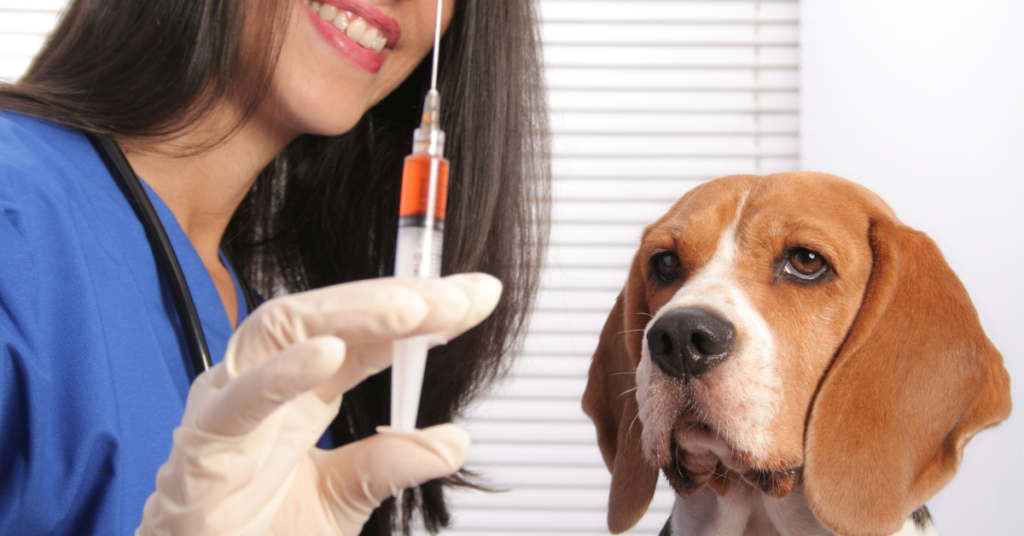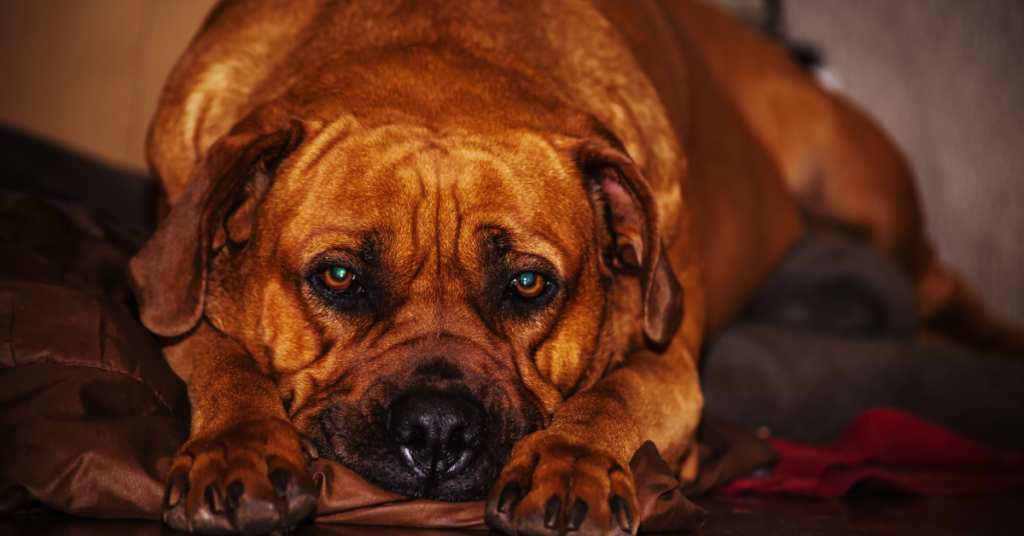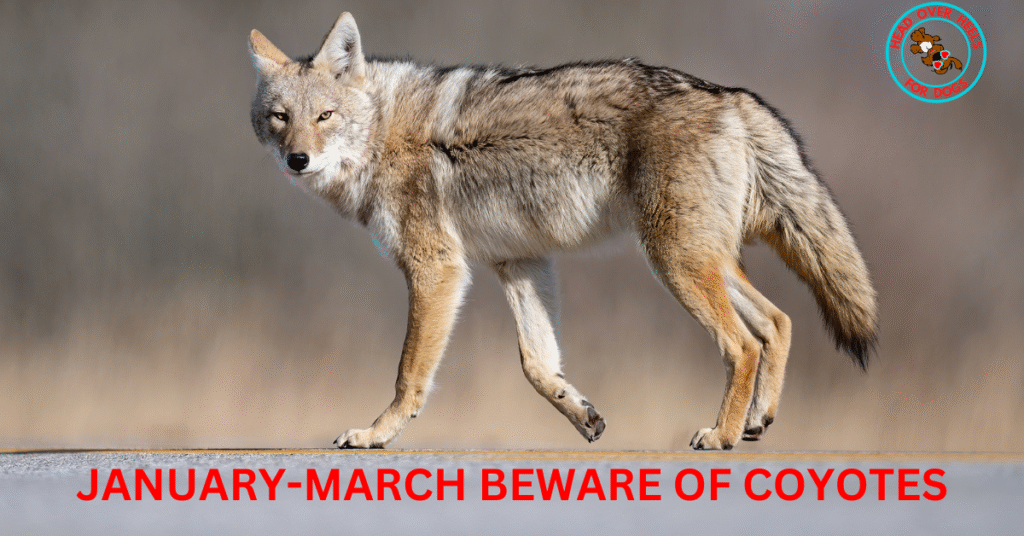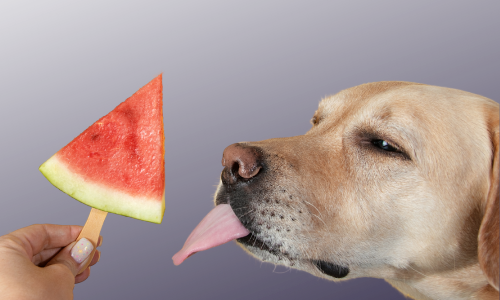Canine Adenovirus-1 (CAV-1) is a highly contagious virus that causes infectious canine hepatitis (ICH) in dogs. It primarily affects the liver, kidneys, and eyes, leading to potentially fatal complications if left untreated. CAV-1 is part of the adenovirus family, which can survive in the environment for extended periods. The virus is most commonly found in puppies and unvaccinated dogs, but it can infect any dog regardless of age.
*Disclaimer: This Post May Contain Affiliate Links. This Means That I Receive A Small Commission At No Extra Cost To You Should You Click Through And Make A Purchase. Learn More On My Policy Page
The Facts:
- Highly Contagious: Canine Adenovirus-1 spreads easily through infected urine, saliva, and feces.
- Affects Major Organs: This virus primarily targets the liver, kidneys, and eyes.
- Vaccination: Vaccination is key in preventing infection and is highly recommended for all dogs.
- Symptoms: Signs include fever, abdominal pain, vomiting, and jaundice.
- Deadly Without Treatment: If left untreated, the disease can be fatal, making early detection and care critical.
How Is Canine Adenovirus-1 Transmitted?
CAV-1 is transmitted through contact with the bodily fluids of infected animals.
This can occur through:
- Saliva and urine of infected dogs.
- Feces from infected dogs.
- Contaminated water or surfaces.
Dogs can contract the virus by ingesting contaminated food, water, or by coming into contact with contaminated surfaces, such as kennels or shared play areas.
The virus can also be spread via wild animals like foxes and wolves, which are susceptible to CAV-1.
What Are the Symptoms of Canine Adenovirus-1?

Symptoms of Canine Adenovirus-1 vary depending on the severity of the infection.
In mild cases, dogs may show minimal symptoms, while severe cases can be life-threatening.
Common symptoms include:
- Fever (often high)
- Vomiting and diarrhea
- Abdominal pain
- Lethargy or extreme fatigue
- Loss of appetite
- Jaundice (yellowing of the eyes, gums, and skin)
- Eye inflammation and cloudy corneas (also known as “blue eye”)
In advanced cases, seizures and shock can occur, requiring immediate veterinary intervention.
How Is Canine Adenovirus-1 Diagnosed?

Diagnosing Canine Adenovirus-1 typically involves a combination of clinical symptoms and laboratory tests.
Some diagnostic tests include:
- Blood tests: These can reveal elevated liver enzymes and changes in white blood cell counts, which are common in CAV-1 infections.
- PCR tests: This test can detect the virus’s genetic material in the dog’s blood or tissue samples.
- Liver biopsies: These may be performed to assess the damage to the liver.
Early diagnosis is crucial, as CAV-1 can progress rapidly and lead to severe complications.
What Is the Treatment for Canine Adenovirus-1?
There is no specific antiviral treatment for CAV-1, but supportive care is vital to managing the symptoms and giving dogs the best chance of recovery.
Common treatments include:
- Intravenous fluids to combat dehydration.
- Antibiotics to prevent secondary bacterial infections.
- Pain relief and anti-nausea medications to keep the dog comfortable.
- Blood transfusions in severe cases to address liver damage.
Hospitalization is often required for severe cases, and the recovery process can be lengthy.
Dogs that survive CAV-1 infections often recover completely, but they may require months of supportive care to fully regain their strength.
Can Canine Adenovirus-1 Be Prevented?

Yes, the best way to prevent Canine Adenovirus-1 is through vaccination.
The CAV-1 vaccine is often part of the core vaccinations that puppies receive, typically given in combination with other vaccines, such as those for parvovirus and distemper.
- Puppies should receive their first CAV-1 vaccine between 6 to 8 weeks of age.
- Booster shots are required every 3 to 4 weeks until the puppy is 16 weeks old.
- Adult dogs should receive booster vaccinations every 1 to 3 years, depending on the vaccine protocol.
In addition to vaccination, dog owners should:
- Avoid exposing puppies to public places like parks until they are fully vaccinated.
- Ensure that any areas where the dog lives are cleaned and disinfected regularly.
- Keep dogs away from wild animals, as they can carry and spread the virus.
Is Canine Adenovirus-1 Contagious to Other Animals or Humans?
Canine Adenovirus-1 primarily affects dogs, but it can also infect other members of the canid family, including foxes, wolves, and coyotes.
CAV-1 is not contagious to humans or other animals outside the canid family.
However, humans can act as carriers by transferring the virus from contaminated surfaces or infected dogs to other canines.
It’s essential to follow strict hygiene practices, especially in kennels, shelters, and dog parks, to prevent the spread of the virus.
Can Dogs Survive Canine Adenovirus-1?

Yes, dogs can survive Canine Adenovirus-1 with prompt medical care.
The survival rate for dogs that receive early and effective treatment is relatively high, although severe cases can still be fatal.
Survival often depends on the severity of the symptoms, the dog’s immune system, and how quickly treatment is initiated.
Dogs that survive CAV-1 typically recover fully, but the recovery process can take several months, especially if there has been significant liver or kidney damage.
How Can I Keep My Dog Safe from Canine Adenovirus-1?

To keep your dog safe from Canine Adenovirus-1, follow these essential steps:
- Make sure your dog is up-to-date on vaccinations, including the CAV-1 vaccine.
- Avoid exposing your puppy to public spaces until fully vaccinated.
- Keep your dog’s living area clean and sanitary.
- Avoid contact with wild animals that could spread the virus.
By being proactive and ensuring your dog is properly vaccinated, you can significantly reduce their risk of contracting this dangerous virus.
What Should I Do If My Dog Shows Symptoms of Canine Adenovirus-1?
If you notice any symptoms of Canine Adenovirus-1 in your dog, it’s essential to seek veterinary care immediately.
Here are the steps you should take:
- Contact your vet as soon as possible and describe the symptoms.
- Isolate your dog from other pets to prevent the virus from spreading.
- Follow your vet’s recommendations for testing and treatment.
Early intervention is key to improving your dog’s chances of survival and recovery.
Here are some products that can help care for your dog and protect them from Canine Adenovirus-1 and Infectious Canine Hepatitis
- Immune System Support Supplements: Boost your dog’s immunity for better protection.
- Dog Crate for Isolation: Safely quarantine infected dogs during recovery.
- Dog Rehydration Electrolytes: Keep your dog hydrated during infectious canine hepatitis treatment.
- Digital Thermometers for Pets: Monitor your dog’s temperature for signs of fever.
Protecting Your Dog from Canine Adenovirus-1
Canine Adenovirus-1 is a serious viral infection that can lead to life-threatening complications in dogs.
By ensuring your dog receives the proper vaccinations and practicing good hygiene, you can help prevent this dangerous disease.
If your dog shows symptoms of CAV-1, contact your vet immediately for diagnosis and treatment.
For more information on preventing CAV-1 and other canine diseases, consult your veterinarian or visit AKC’s Signs, Symptoms and Treatments of Canine Hepatitis
Protect your dog today to ensure a healthy tomorrow!













